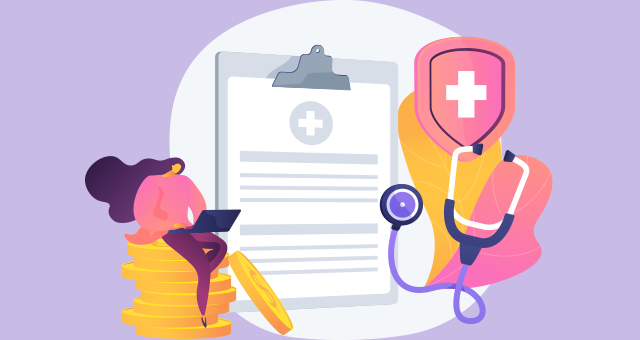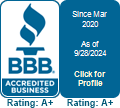
Preserving Your Health and Wealth: Strategies to Alleviate the Weight of Medical Debt
Navigating the complexities of healthcare can be challenging, and for many, it comes with an unexpected financial burden. Medical debt can accumulate swiftly, placing significant strain on your finances.
According to a 2022 Kaiser Family Foundation report, 41% of people, or approximately 100 million adults in the United States, are estimated to be in healthcare debt that ranges from less than $1,000 to above 20,000 dollars. And in a new Gallup poll, 38% of Americans said they postponed medical treatment in 2022–2023 because of cost, up from 26% in 2021.
Here, we will explore practical strategies and unique approaches to help you ease the weight of medical debt, empowering you to prioritize your health and financial well-being.
1. Initiate Open Communication with Healthcare Providers
The first step to lower your medical bills is to initiate open and candid communication with your healthcare providers. If you cannot pay the bill, do not hesitate to discuss your financial situation and explore potential options for reduced fees, payment plans, or financial assistance programs. Many healthcare facilities are willing to work with patients to find mutually beneficial solutions. Also, enquire about cheaper choices, like generic versions of prescription medications. Service providers occasionally might also extend exclusive discounts to qualified patients.
2. Audit Your Medical Bills For Accuracy
Medical billing errors are surprisingly common and can contribute significantly to inflated medical debt. Therefore, be sure to check your medical bills for mistakes. Ask for an itemized list if you do not already have one. It will ensure you get charged only for prescription drugs and services received.
Duplicate charges, incorrect billing, unbundled charges or services listed individually, upcoding or charged for an expensive procedure, and incorrect billing codes are common mistakes to look out for. If you identify discrepancies, promptly dispute them with the billing department to rectify any inaccuracies.
3. Opt For In-Network Service Providers
A network of service providers, comprising physician practices, hospitals, pharmacies, labs, and other medical facilities, is usually provided by Health Insurance providers. In-network service providers typically charge insured people less. Additionally, some insurers mandate that policyholders use medical professionals within their network for services. Therefore, it is advisable to verify that every provider you use, including an anesthesiologist, is covered by your insurance plan’s network.
Participating physicians and facilities are listed on the websites of many insurance companies.
4. Research and Leverage Assistance Programs
Many pharmaceutical companies, nonprofit organizations, and government agencies offer patient assistance programs to help individuals facing medical debt. Research available programs that may cover medication costs, treatment expenses, or specific conditions. These programs are designed to provide financial relief for those in need.
5. Negotiate with Creditors Or Collection Agencies
If you cannot afford to pay your bills and they have escalated to collections, do not hesitate to negotiate with the creditors or collection agencies. Often, they are open to discussing payment plans or settling the debt for a reduced amount. Communicate your financial constraints and work towards finding a resolution that works for both parties.
6. Explore Crowdfunding and Community Support
In the age of digital connectivity, crowdfunding platforms can serve as a lifeline for those burdened by medical debt. Consider sharing your story on crowdfunding websites, allowing friends, family, and strangers to contribute towards your medical expenses. Social media can be a powerful tool for spreading the word and garnering community support.
7. Invest In Health Insurance and An Emergency Fund
Prevention is often the best cure. Even if you are in good health, ensure you have the best insurance coverage to mitigate future medical expenses.
Learn about the benefits and limitations of your insurance, and ascertain what the deductibles, copays, and coinsurance are. Call the insurer and ask someone to explain the out-of-pocket expenses to you.
Remember, you can modify your policy only during specific periods, like open enrollment, which usually occurs in the fall or early winter or following a significant event.
Additionally, build up an emergency fund to provide a financial safety net for unforeseen healthcare costs.
These proactive measures can significantly reduce the likelihood of accumulating overwhelming medical debt.
Bottom Line
Avoiding medical debt requires a proactive and multifaceted approach. By engaging in open communication with healthcare providers, auditing bills for accuracy, researching patient assistance programs, negotiating with creditors, leveraging community support, and investing in preventative measures, you can lower your healthcare costs and elevate medical debt. Remember, prioritizing both your health and financial well-being is a holistic approach toward a more secure and balanced future.


